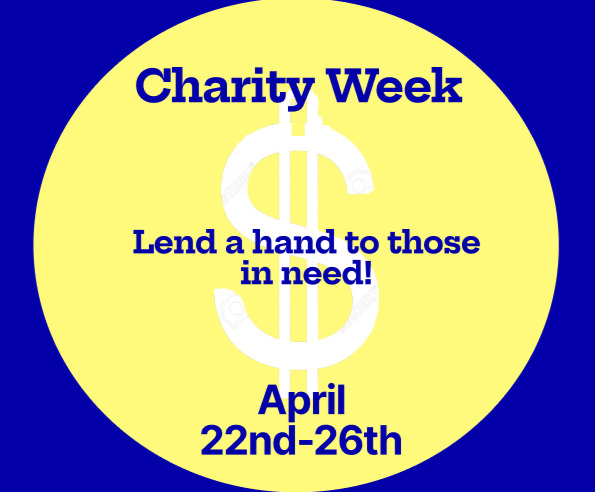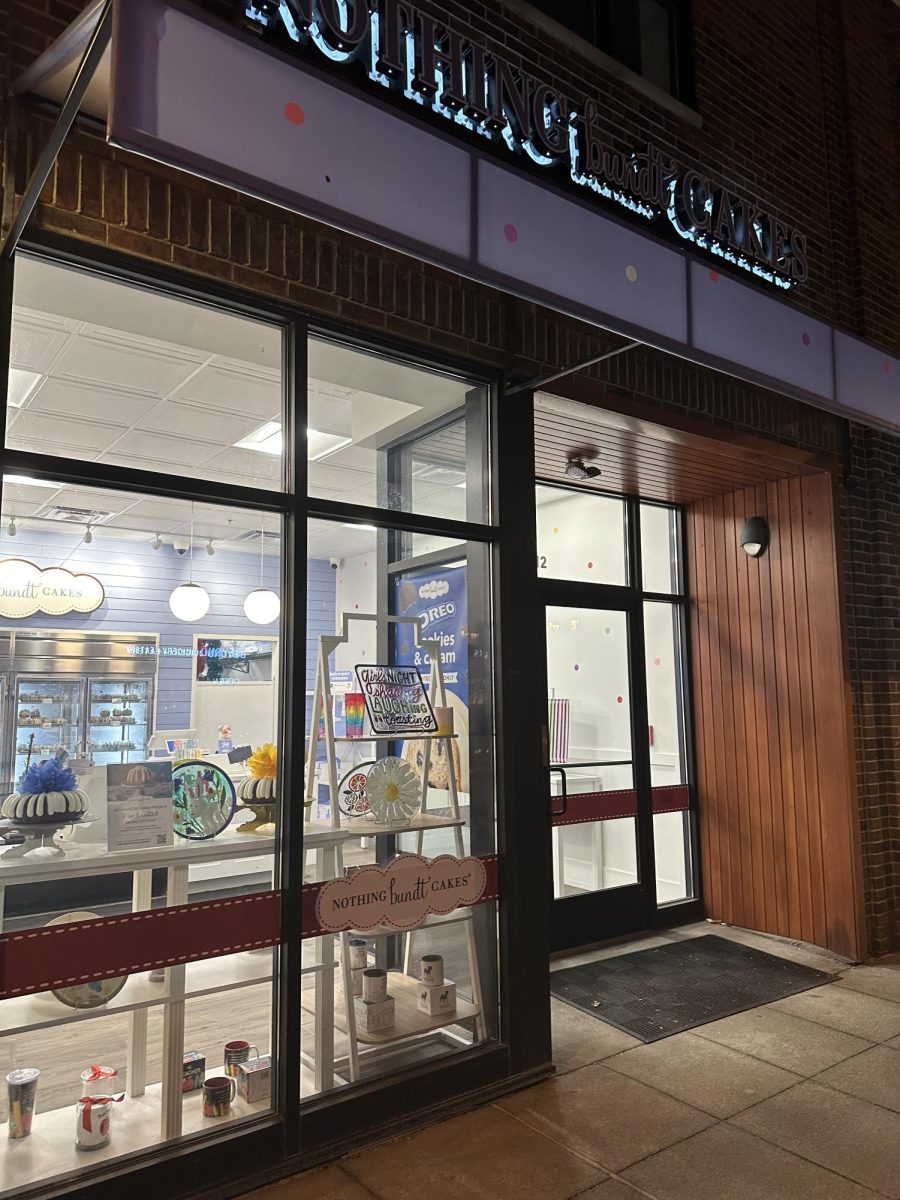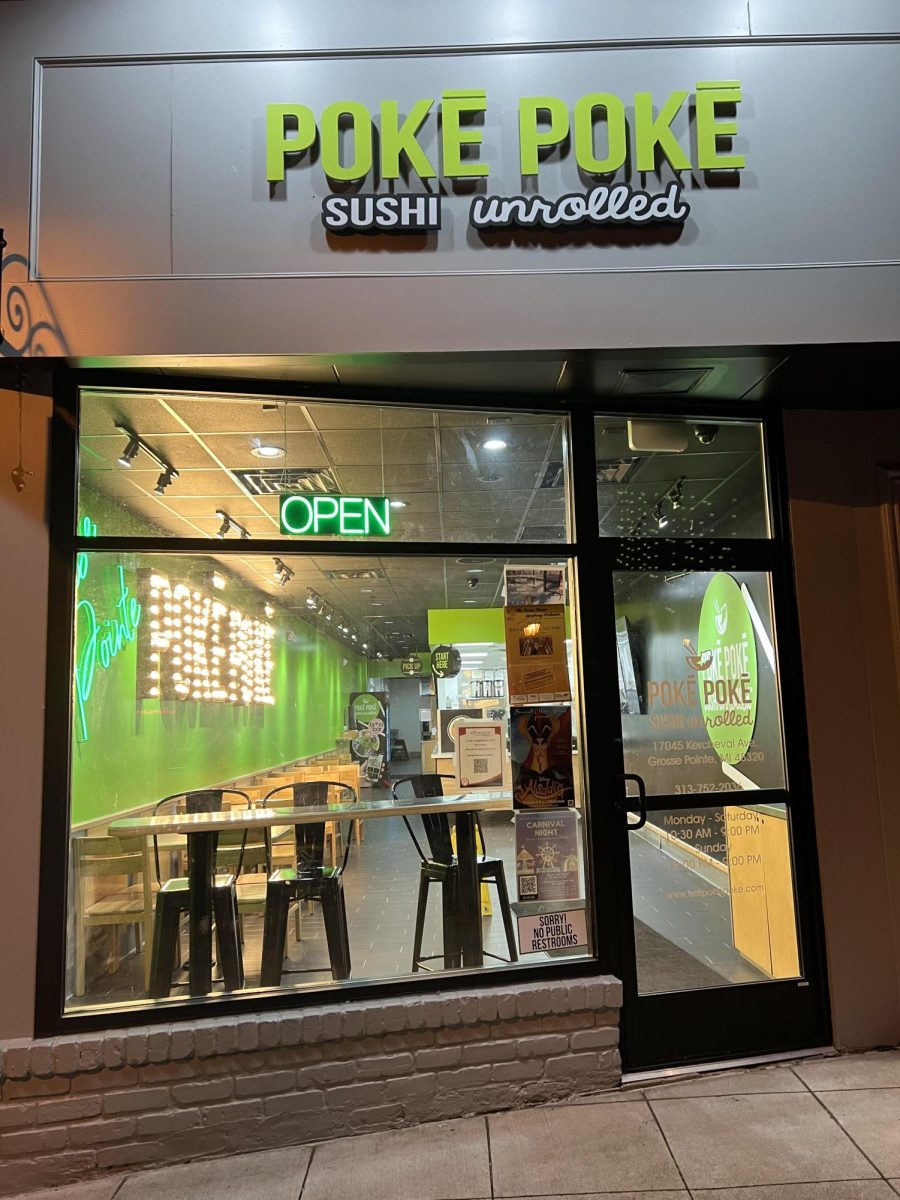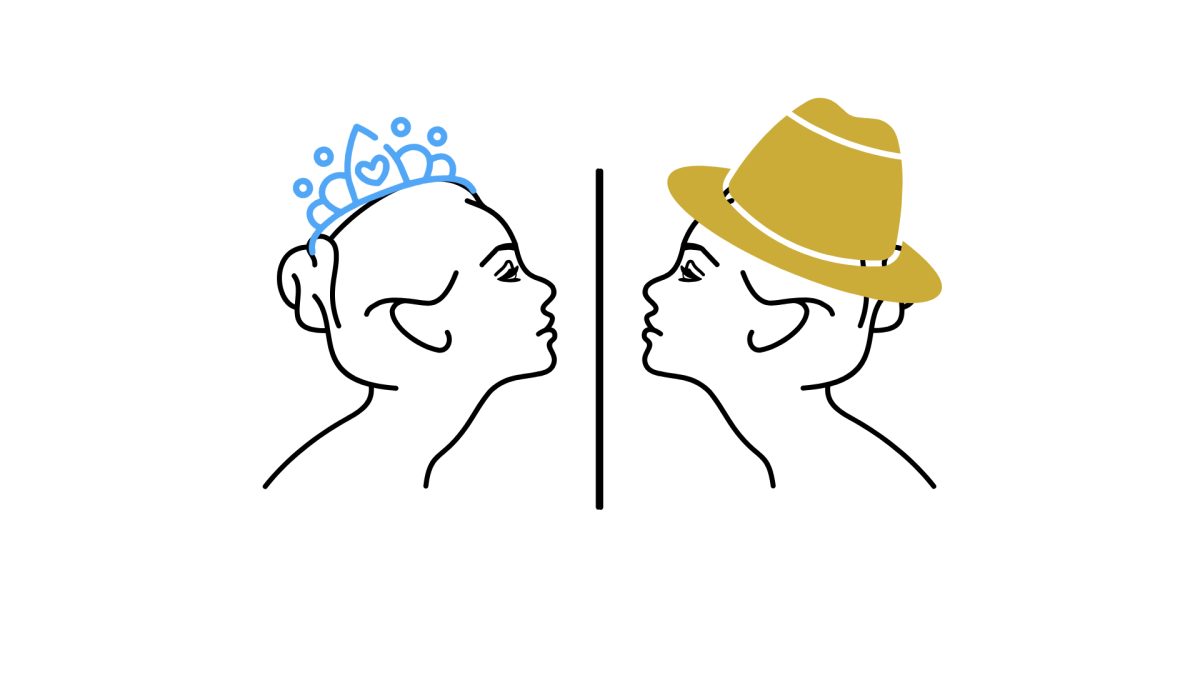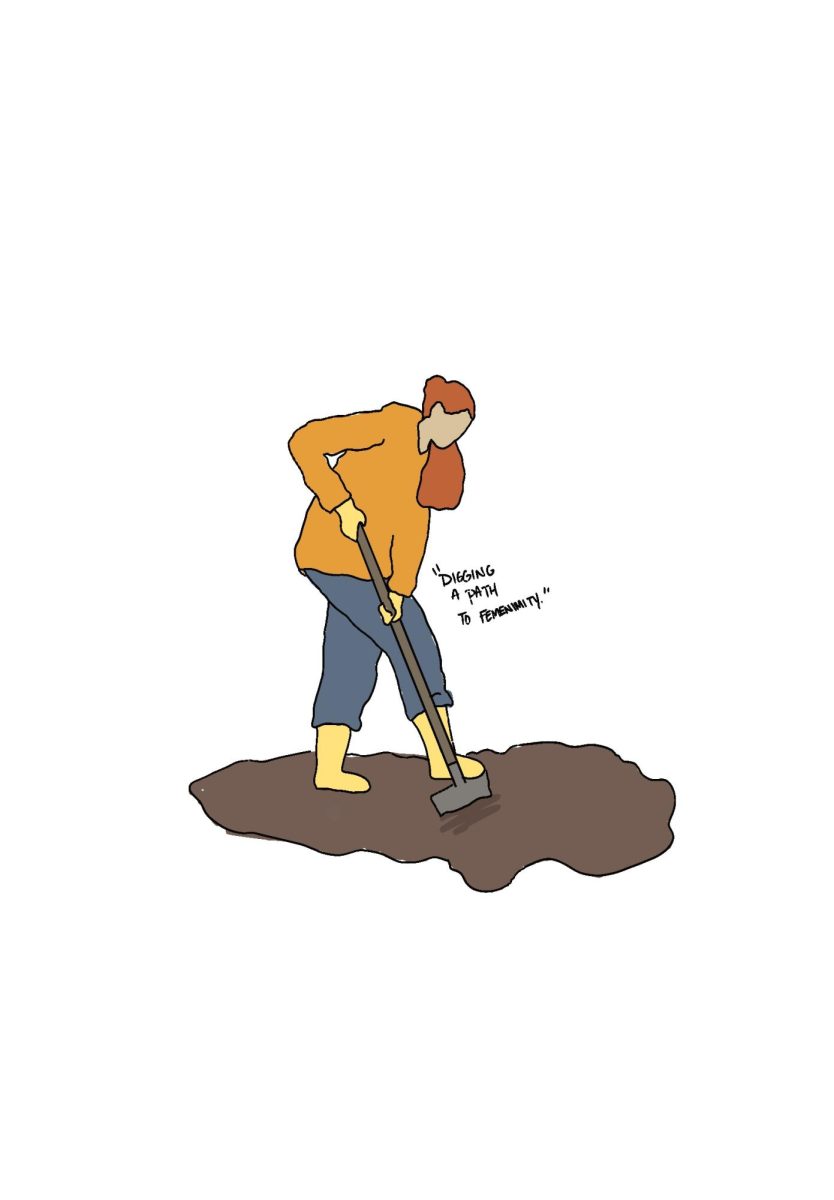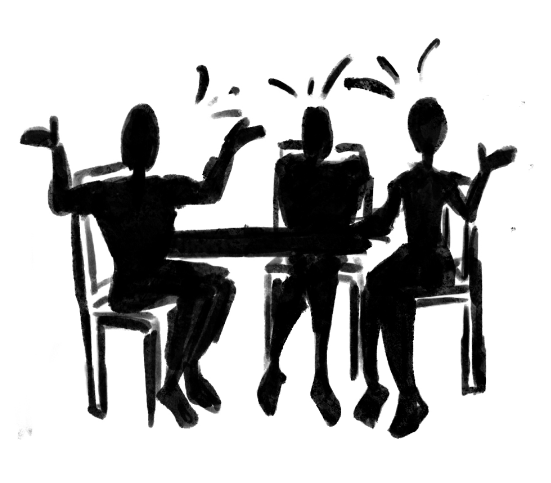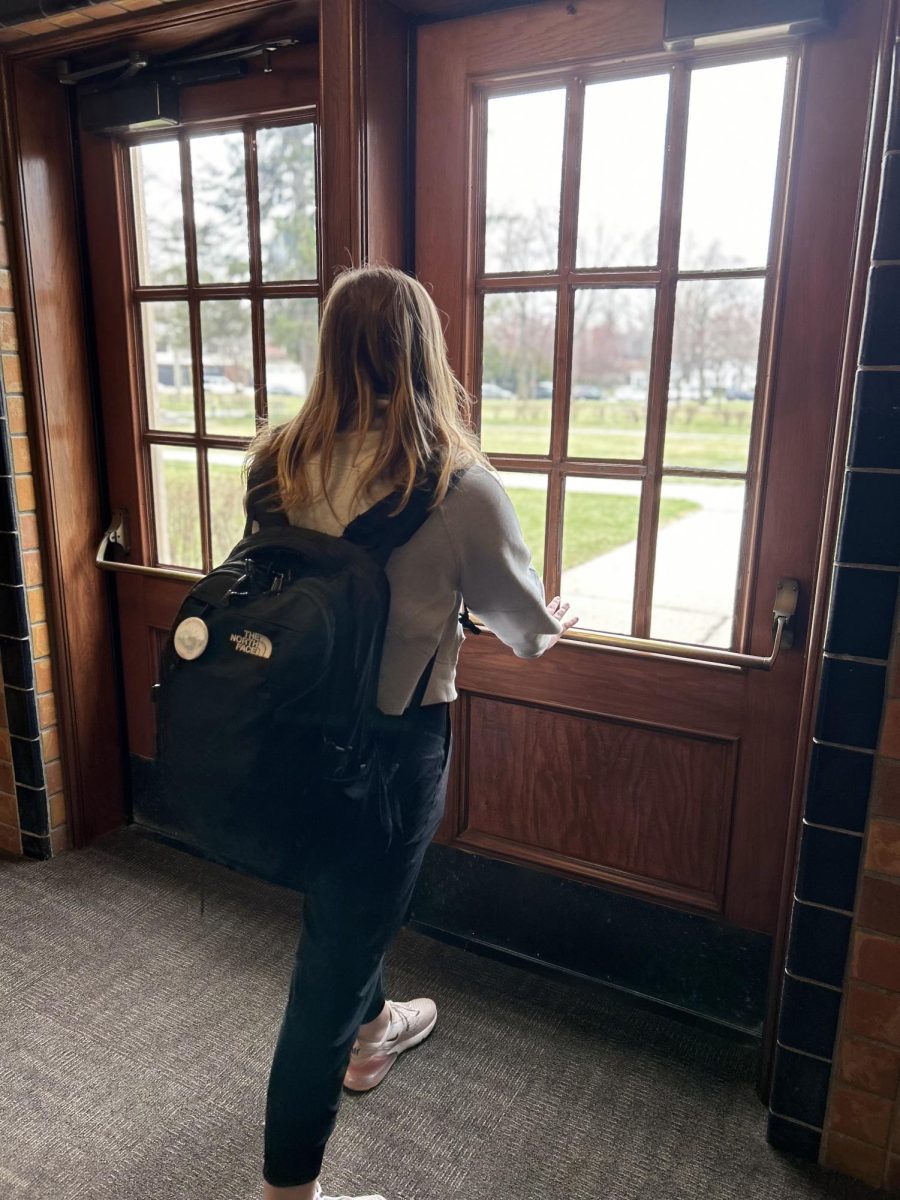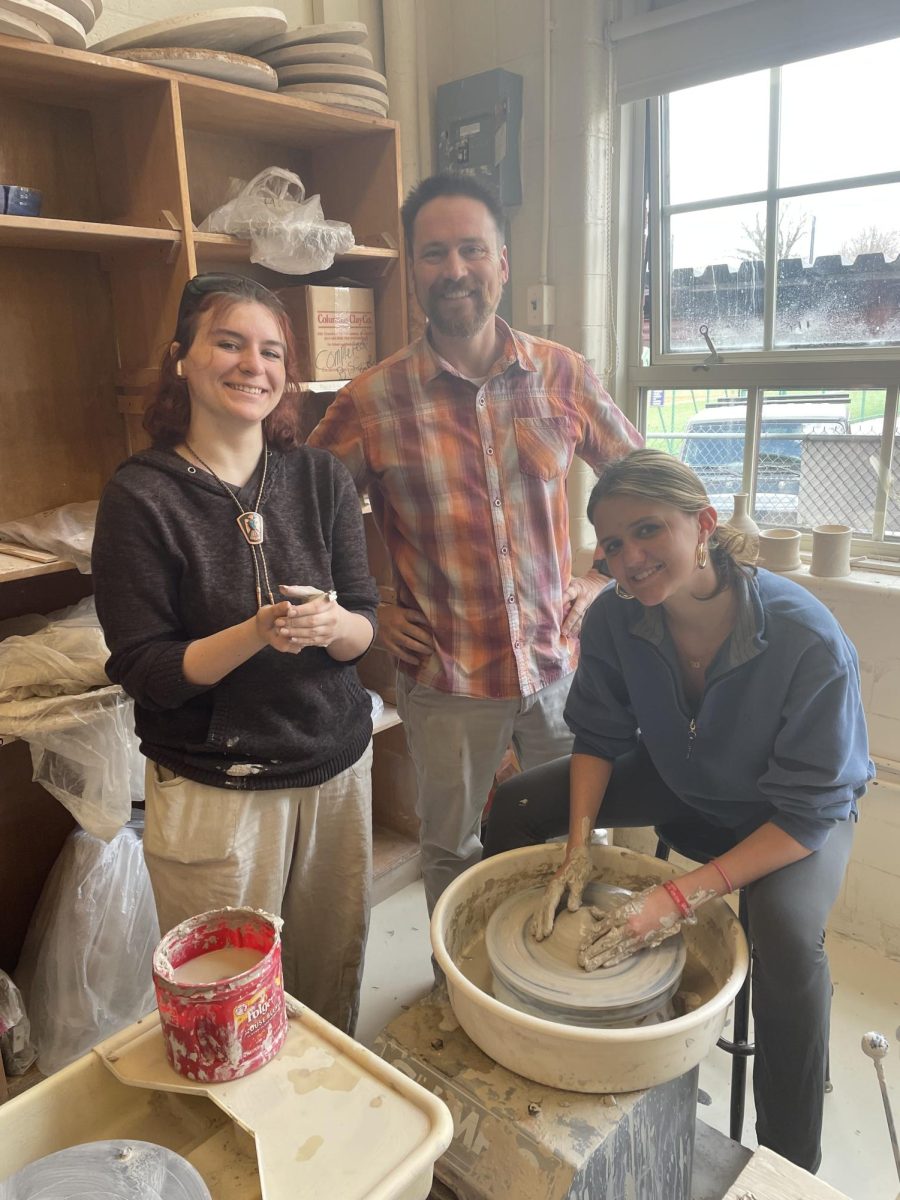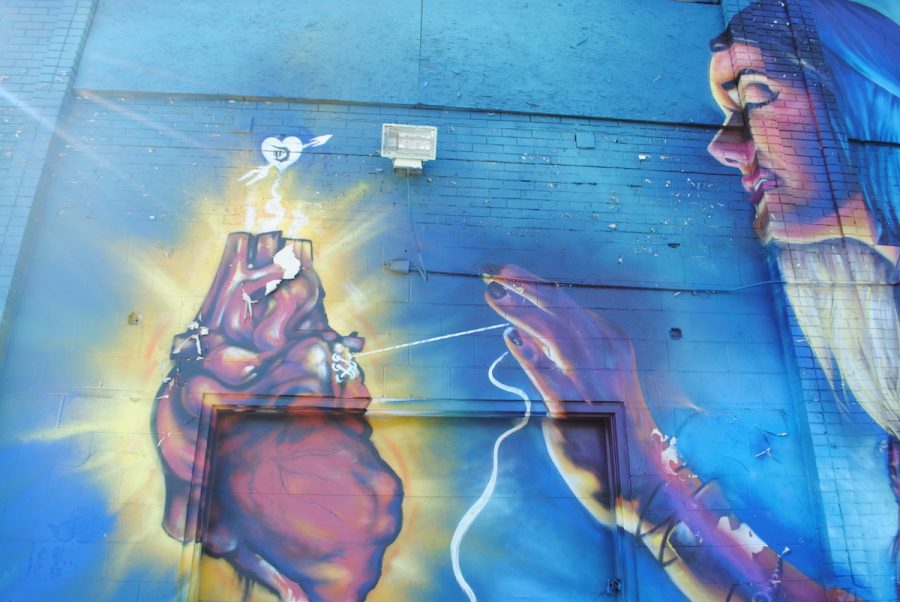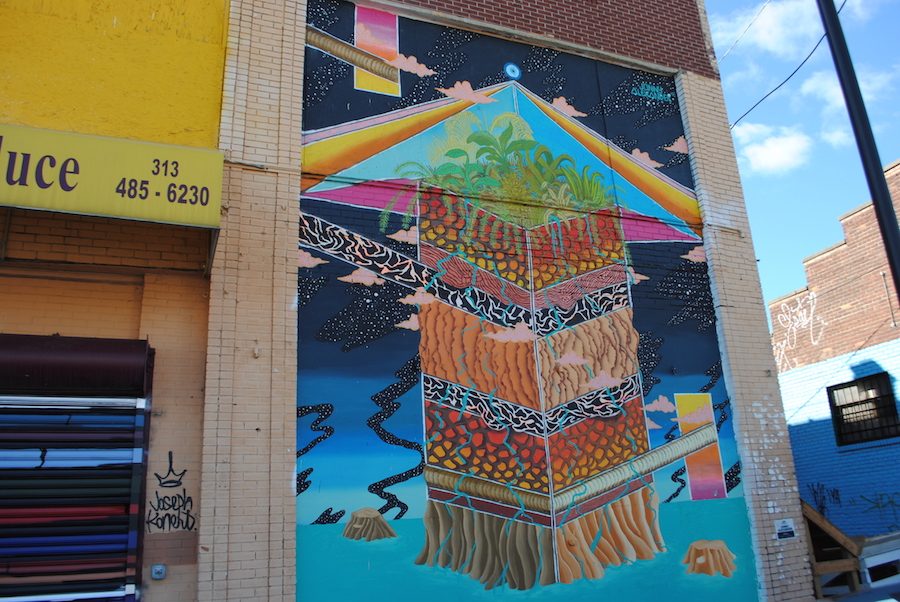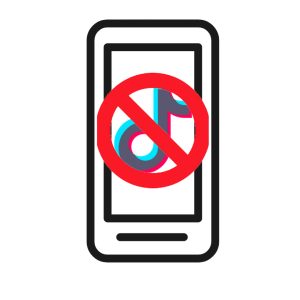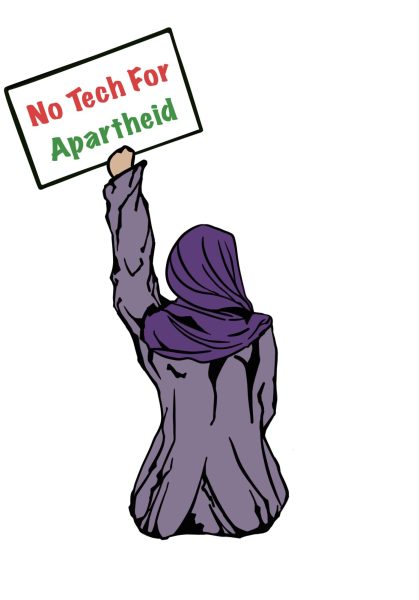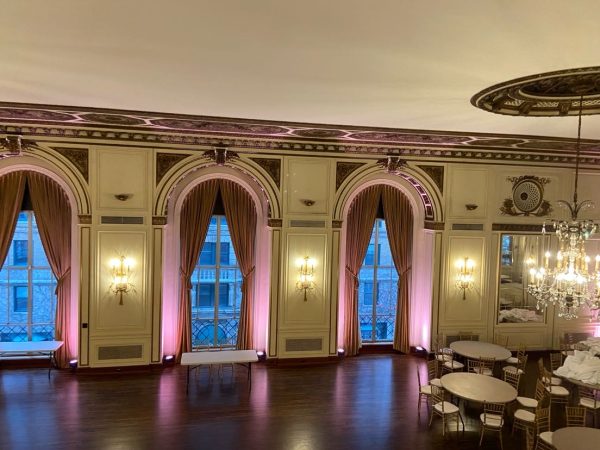Paint the Town
The iconic relationship between graffiti and the city of Detroit
November 2, 2016
[Best_Wordpress_Gallery id=”2″ gal_title=”Select Gallery”]
In many places, graffiti can be seen as an illegal and disrespectful act, but for Detroit, it can be seen as an iconic piece of the of the city.
There are many places in Detroit, like Eastern Market, where artists are paid to graffiti. Graffiti can be used in a positive or negative way. Some people use it to reference random spray paint on buildings and abandoned homes. Other people may use it to describe a beautiful, powerful mural.
Fel3000ft, a professional street artist, has made a career out of graffiti. 34 years ago, he decided to turn his life around and use painting as a way to pass time. Right away, he was hooked.
“I was introduced to graffiti by these kids that had just moved into my neighborhood from New York. They showed me pictures of it from the Bronx and I was amazed, so started out doing graffiti in 1982 and gradually got into other forms of painting later on,” Fel said. “When street art became a thing, I ended up trying it with some spray paint. When I started to realize a lot of these graffiti artists were doing full-scale murals, I began to do more street art. I still love graffiti but I don’t go out and paint illegally anymore, so I don’t call myself a graffiti artist anymore, it is disrespectful to the subculture.”
Later on, he started using social media for his art and people began to appreciate the messages that showed in his work.
“I was writing a lot of stuff about being positive in Detroit. I thought things needed to be said to create pride about our city and the things inside of it and about the things I believe in,” Fel said. “A lot of people started to take notice of my artwork in a positive way and they began to hire me.”
One of Fel’s most famous street art pieces is across from Eastern Market of an angel sewing a heart. On the bottom right, it reads, “We have been considered many things: A city in decay, a city in distress and without hope. However, we have never given up and we never say die. We are born fighters, we rise from the ashes. We are the community that believes in our future despite whatever anyone throws against us.
We are Detroit!”
Fel has made this his pride and joy for the past 34 years. He is respectful with the work he does and how he does it. He doesn’t go out hitting churches, personal homes, and small businesses. He was taught a code to follow.
“Taking pride in the neighborhood is something that I was taught. Those are the kinds of things that we are supposed to uphold but a lot of people aren’t doing that anymore,” said Fel.
Many people can argue that graffiti is a way to express oneself or to make a point. Many artists use it to have a voice, and to be heard.
Lauren Sancya ‘18, an art student at South, said she draws art to inspire people and evoke their feelings but allowing it be open to their own interpretations.
“Yes, I do think that people use graffiti to tell a story or get a point across, but when it is just done with no rhyme or reason, it creates a poor reflection on the city,” Sancya said.
Fel agrees, but thinks that sometimes an artist needs to be radical and stand up for what they believe in.
“I don’t go out and tell people not to spray paint anything illegally because sometimes you need to stand up for what you believe in, despite the rules. I think that is one of the things that is beautiful about graffiti. It is a pure voice on the street and it can be a useful tool to raise awareness, question authority and to get people to think about how they view certain things,” Fel said, “We all have a desire for interaction that starts in us at the very beginning of our lives. It is ingrained in our existence. Sometimes you have to go out and break some rules to get noticed. At the end of the day, that’s what most of us want.”
“I think some graffiti can be good and be considered art if it is sanctioned or commissioned by the owner of a building but it can also be a bad reflection on the city when it’s just someone tagging a sidewalk or the side of a building,” Sancya said.
In Detroit, it is common to see hateful words and bad messages tagged on the side of a building, abandoned and running. Some artists choose to use their art to say something positive to the city or promote a cause.
“Street art sends all types of messages, that is the beauty of it. It’s supposed to make you think and feel. You know art is doing its job when someone either hates it or loves it,” Fel said. “
The minute you look at it, it is supposed to spark some kind of emotion. Whether it makes you angry, cry, or makes you smile, you know you’ve done your job. It definitely has a voice and makes statement and it is saying, I am here, I am alive, I am someone.”
— Phoebe Miriani '18
Eastern Market is an area full of murals and street art, including one of Fel’s most popular pieces of work. John, an employee at Motor City Bike Shop which is located outside of Eastern Market, said street art is a great thing for the city.
“Instead of having brick buildings that are boring, you have all these different art pieces that sneak up on you,” John said. “Each year there is more and more art for Murals in the Market and sometimes they just sneak up on you because there are so many I haven’t seen. It is a great thing to drive to work into when I see all the art.”

